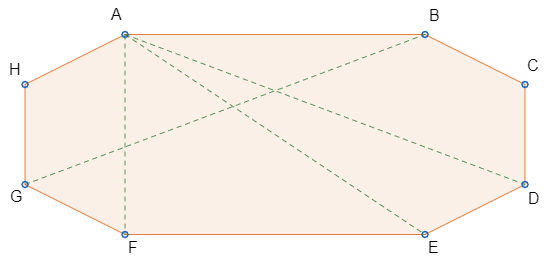With the introduction of the study of rational numbers and integers, the properties of potentiation undergo some increments that, until then, knowing only the natural numbers, were not possible. Powers began to appear with the base or the negative exponent, a fraction in the exponent of a power and others situations that facilitate the writing of mathematical sentences, helping to simplify calculations more elaborated.
Let's look at the properties that emerged from the study of rational and integer numbers.
Property 1. Power with a negative base.
(– 5)2 = (–5) x (–5) = +25
( – 3)3 = (– 3) x (– 3) x (– 3) = – 27
(– 2)4 = (– 2) x (– 2) x (– 2) x (– 2) = +16
(– 2)5 =(– 2) x (– 2) x (– 2) x (– 2) x (– 2) = – 32
Note that when the base is negative and the exponent is an even number, the result is always positive. Now, when the base is negative and the exponent is an odd number, the result is always negative.
This property says just that:
Negative base and even exponent → positive result
Negative base and odd exponent → negative result
Property 2. Power with negative integer exponent.

In general this property says that:

Property 3. Power on a fractional basis.

Property 4. Power with fractional exponent.

By Marcelo Rigonatto
Mathematical
Take the opportunity to check out our video classes related to the subject:



